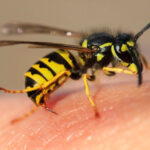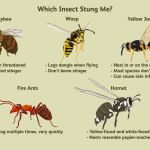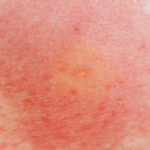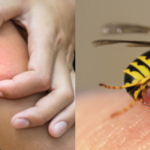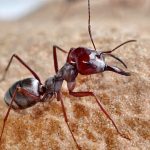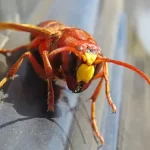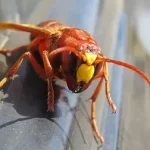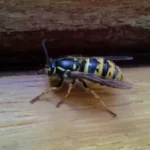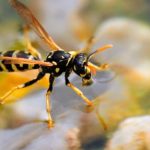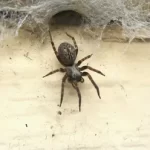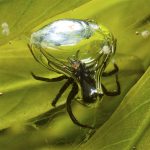So you finally got stung, you’re wondering what to do. First you need to be a little calm and realize that wasps sting more often than their reputation would suggest. However, that does not give you permission to treat wasps lightly and hope for the best. Your mindset should be on how to get a wasp stinger out without having to go to the ER. So, how do you get a wasp stinger out of your finger? How do you get a wasp stinger out? Getting stung by a wasp can be quite painful. I know because I’ve been stung before. A lot of people wonder how to remove a wasp’s stinger after getting stung. They want to figure out how they can make the pain go away faster, and they want to get rid of this annoying creature before it has the chance to sting again. The first thing that you need to do is remain calm, otherwise your panic will only make things worse. I recently got stung by a wasp. There I was minding my own business, sitting on my back porch having a glass of lemonade while reading a well written blog post. Next thing I know, I feel something buzzing around my face. I try to swat it with the newspaper but it lands on me and stings me right in the forehead. It stung so hard that even after getting rid of the stingers I felt dizzy for an hour or so.
How Do You Get A Wasp Stinger Out
Wasp stings are a painful experience. They leave you feeling like you’ve been hit by a truck and your arm is on fire. The best thing to do is to remove the stinger as quickly as possible, but how do you get a wasp stinger out of your skin?
There are a few things to remember when removing a wasp stinger from your skin:
1. Don’t use tweezers! This will only worsen the situation and make it more painful for you.
2. Don’t squeeze the stinger or try to pop it out with your fingers, because this will also make it worse—especially if there’s still venom left in it!
3. Use something small, like an ice pick or sewing needle (that won’t break off) to carefully scrape off all of the remaining poison sacs, which will be located right next to where the stinger entered your skin.
After scraping off all of these sacs, wash off any residue with soap and water and apply ice packs until all redness subsides (usually within ten minutes).
